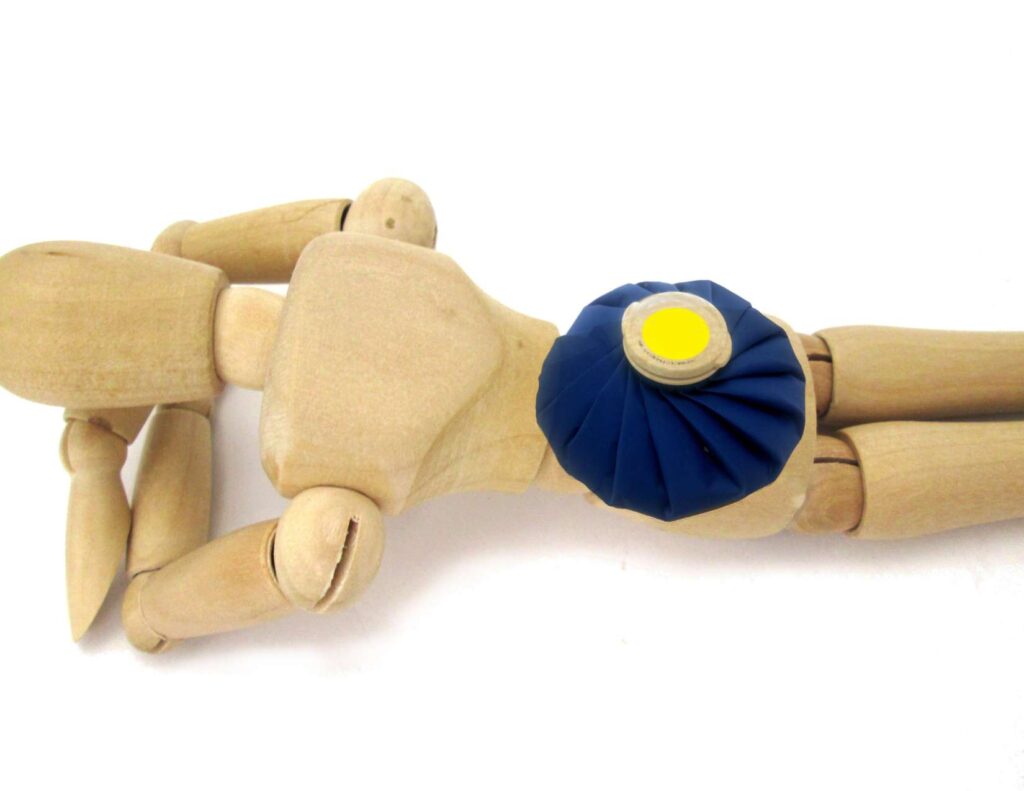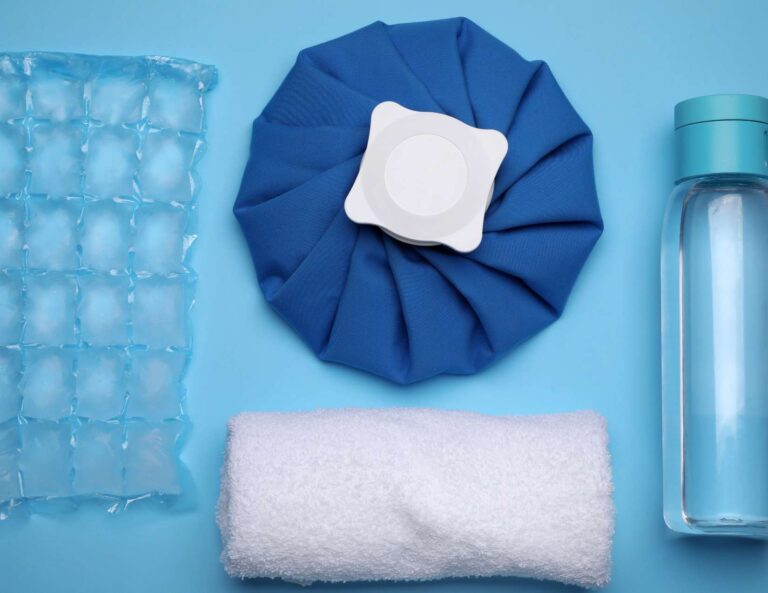The Ultimate Guide to Using Ice Packs for Sciatica
Sciatica can be an extremely debilitating condition that can cause immense pain and discomfort. If you suffer from sciatica, then you know just how difficult it can be to find relief. One popular treatment method for sciatica is the use of ice packs. In this article, I will be discussing everything you need to know about using ice packs for sciatica relief.

Table of Contents
Introduction to Sciatica and Its Symptoms
Sciatica is a condition that occurs when the sciatic nerve becomes compressed or irritated. This nerve runs from the lower back down to the legs, and when it becomes inflamed, it can cause severe pain, tingling, and numbness in the affected areas. The symptoms of sciatica can vary from person to person, but they typically include:
- Pain that radiates from the lower back down to the legs
- Tingling or numbness in the affected areas
- Weakness in the affected areas
If you are experiencing any of these symptoms, it is important to see a doctor as soon as possible to get a proper diagnosis.
What are Ice Packs and How Do They Work for Sciatica?
Ice packs are a popular treatment method for sciatica because they can help to reduce inflammation and numb the affected areas. When you apply an ice pack to the affected area, it causes the blood vessels to constrict, which reduces the amount of blood flow to the area. This, in turn, reduces inflammation and numbs the area, which can help to relieve pain.
Ice packs work best when used in conjunction with other treatment methods, such as rest and physical therapy. They can also be used to help manage pain while you wait for other treatments to take effect.

Benefits of Using Ice Packs for Sciatica
There are many benefits to using ice packs for sciatica. Some of the most significant benefits include:
- Reduced inflammation: Ice packs can help to reduce inflammation in the affected areas, which can help to relieve pain and discomfort.
- Numbing effect: Ice packs can help to numb the affected areas, which can provide immediate relief from pain.
- Affordable: Ice packs are an affordable treatment method for sciatica that can be used at home.
Types of Ice Packs for Sciatica and How to Use Them
There are several different types of ice packs that can be used for sciatica. Some of the most common types include:
- Gel packs: Gel packs are a popular choice because they can be easily stored in the freezer and are reusable.
- Ice cubes: Ice cubes can be placed in a plastic bag and used as an ice pack.
- Frozen vegetables: Frozen vegetables, such as peas or corn, can be used as an ice pack and can conform to the shape of the affected area.
To use an ice pack for sciatica relief, follow these steps:
- Place the ice pack on the affected area for 15-20 minutes.
- Remove the ice pack and wait at least 20 minutes before reapplying.
- Repeat this process as needed throughout the day.

Best Ice Packs to Buy
If you are looking to purchase an ice pack for sciatica relief, there are several options available. Some of the best ice packs to buy include:
- TheraPAQ Reusable Ice Pack: This ice pack is made from high-quality materials and can be used on any part of the body.
- FlexiKold Gel Ice Pack: This ice pack is designed to stay cold for longer periods of time and can be easily molded to fit the affected area.
- Chattanooga ColPac Reusable Gel Ice Pack: This ice pack is durable and can be used for both hot and cold therapy.
Tips for Using Ice Packs for Sciatica Relief
While ice packs can be an effective treatment method for sciatica, there are several tips you should keep in mind to ensure that you are using them correctly. Some of these tips include:
- Don’t apply the ice pack directly to your skin. Always use a towel or cloth to protect your skin.
- Don’t apply the ice pack for too long. 15-20 minutes at a time is sufficient.
- Don’t use ice packs if you have poor circulation or diabetes.
- Don’t use ice packs if you have an open wound or injury in the affected area.

Alternatives to Ice Packs for Sciatica Relief
While ice packs can be an effective treatment method for sciatica, they are not the only option available. Other treatment methods include:
- Heat therapy: Heat therapy can help to increase blood flow to the affected area, which can help to relieve pain.
- Physical therapy: Physical therapy can help to strengthen the muscles in the affected area, which can help to reduce the risk of future flare-ups.
- Medications: Over-the-counter pain medications, such as ibuprofen or acetaminophen, can help to relieve pain and reduce inflammation.
Using Ice Packs During Pregnancy
If you are pregnant and suffering from sciatica, it is important to talk to your doctor before using ice packs. While ice packs are generally safe to use during pregnancy, there are some precautions you should take to ensure that you are using them safely.
Other Treatments for Sciatica Relief
While ice packs can be an effective treatment method for sciatica, they are not the only option available. Other treatment methods include:
- Chiropractic care: Chiropractic adjustments can help sciatica by realigning the spine and reducing pressure on the sciatic nerve.
- Acupuncture: Acupuncture for sciatica can help to reduce inflammation and relieve pain.
- Surgery: In severe cases, surgery may be necessary to relieve pressure on the sciatic nerve.

FAQs About Using Ice Packs for Sciatica Relief
Q. How often should I use ice packs for sciatica relief? A. You can use ice packs as often as needed throughout the day. Just be sure to wait at least 20 minutes between applications.
Q. Can I use heat therapy instead of ice packs? A. Yes, heat therapy can be an effective treatment method for sciatica. Just be sure to talk to your doctor before using heat therapy.
Q. How long does it take for ice packs to work? A. Ice packs can provide immediate relief from sciatica pain and discomfort. However, it may take several days of consistent use to see significant improvement.
Conclusion
Ice packs can be an effective treatment method for sciatica, but they are not the only option available. If you are suffering from sciatica, it is important to talk to your doctor about the best treatment options for your specific needs. With proper treatment, you can find relief from the pain and discomfort of sciatica and get back to living your life to the fullest.







